June 20 7:00 pm
Three distinguished guests to speak on the relationship between land use and climate: Dr. Sailesh Rao – founder of ClimateHealers.org, Gerard Bisshop – former principal scientist of the State of Queensland, Australia and Glen Merzer – author of Food Is Climate.
Up until now, most climate activism has focused on reducing emissions from burning fossil fuels. Yet, even if we were to completely stop burning fossil fuels today, the CO2 from past emissions will remain in the air for a very long time, and temperatures will continue to rise to very harmful levels. One of the main reasons why: over the past 10,000 years, humans have removed a third to half of the world’s forests—an estimated 3 trillion of the historic 6 trillion trees. More than half of this deforestation has occurred during the last 100 years. Forests serve as a critical carbon removal and storage system. Much of the formerly forested lands—roughly 5 billion acres, an area twice the size of the United States—are now used for grazing and for growing feed for the 25 billion livestock animals now on our planet at any one time. In addition, the ruminant animals (primarily cows and sheep) produce methane and nitrous oxide gases that have more than 100 times the heat-trapping effect as CO2. If we reforested or rewilded much of the current pastureland (rewilding means allowing land to return to its natural state by leaving it alone), the restored trees could remove enough CO2 to avoid catastrophic climate change, even if we continue to burn some fossil fuels.
The recent report, The State of Carbon Dioxide Removal, written by scientists from the U.S., U.K., and Germany, reveals that technological efforts to date to remove the buildup of CO2 in the atmosphere are five orders of magnitude (i.e., 100,000 times) too small to address the problem. Thus, the only known, realistic way of avoiding climate chaos is by reestablishing forests.
Please come to the chapter meeting to learn more and to share your questions and concerns.
